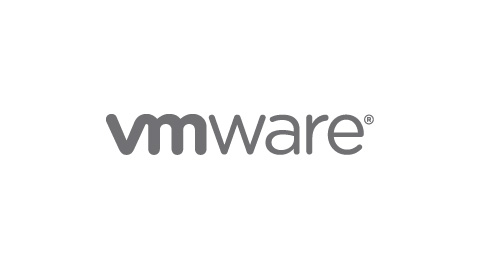Verizon Business is tapping into the popularity of VMware technology with a cloud computing service designed to let customers easily move workloads between their own infrastructure and Verizon’s cloud.
With the new service, in trials now and due for general availability early next year, enterprises that use VMware will be able to shift workloads out to Verizon’s CaaS (Computing as a Service) infrastructure and back again, the companies said. This could help organizations ease their way into cloud computing or take advantage of greater computing resources when necessary.

Verizon introduced its first CaaS offering in June 2009. That service requires enterprises to commit to sending certain workloads to Verizon’s cloud, because it’s not as easy to move them over or get them back as with the new service, AT&T spokeswoman Janet Brumfield said. The earlier service will remain available.
The new service, which Verizon is simply calling “CaaS enabled by VMware vCloud Datacenter,” was announced Tuesday at VMworld in San Francisco and is based on two VMware products that also were announced Tuesday. VMware’s vCloud Director is a new cloud management tool primarily designed to help administrators move workloads between private and public clouds. Its vShield is software for maintaining security and compliance policies, such as rule-based access controls, as those workloads are moved. Both are available now.
Verizon said the first company to participate in the trial of the new service is InterContinental Hotels Group, which has more than 4,500 hotel properties in more than 100 countries and territories.
Enterprises will be able to reach the service over Verizon’s private MPLS (Multiprotocol Label Switching) wide-area network service, called Private IP, or over a Verizon public IP data service, Brumfield said. The carrier has not yet determined the price of the new CaaS service, but it will have two pricing models, she said. One will be a “pay-as-you-go” plan, in which customers pay only for the computing power they use. The other will involve volume commitments ahead of time, with the opportunity for volume discounts.
